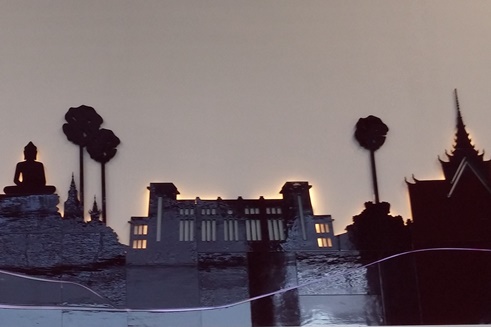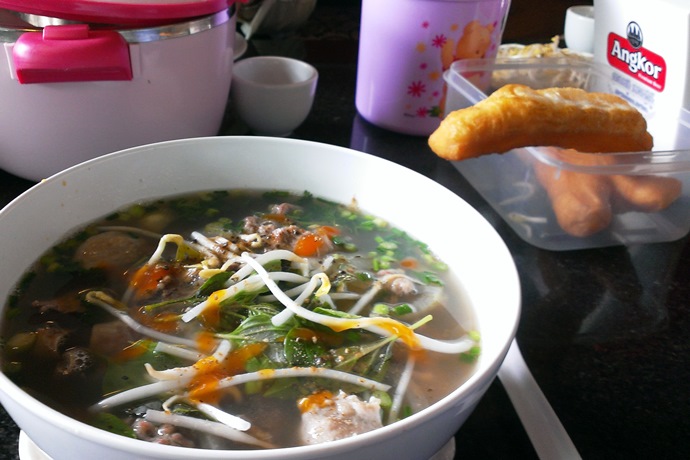
Eyewitness - Cambodia
excerptsIt is so sad that a country should be remembered most for the atrocities of the Killing Fields. Yet those horrific events of 1975-9 have played such a major part in where the country and its people are today. Happily the country – and its long-suffering people – are making a good recovery.
My first visit there was in 1993. FEBCambodia was in its infancy and I was visiting to both assess the opportunities while giving encouraging and some training to the fledgeling team.
I visited there for more than 20 years – mostly conducting staff training.
The following excerpts reveal something of the highs and lows…

The infamous Tuol Sleng torture museum is located in the centre of Phnom Penh, on the site of a former two-storey school which was taken over by the Khmer Rouge for the interrogation, torture and extermination of approximately 20,000 people. These were people who were perceived to be a threat to Angkar – the Organization – and included those who had any significant education or even wore eyeglasses. The commander there was Duc, who later repented of his crimes.
I asked Robledo to drop me off at Tuol Sleng one day so that I could wander round the museum in my own time. One of the first rooms I visited was a photo gallery of hundreds of those who had been processed there for torture then eventual execution. Terror was etched in their panic-stricken faces, and their eyes reflected the horror of their final days. Samoeun would not go near the museum because two of the photos were of her own family members. An uncle and aunt, both doctors, had returned intentionally from Paris to help rebuild their country, but were killed just because they were educated.
Upstairs, I found a few rooms each with an iron bedstead standing on a blood-stained floor. A photo on the wall depicted the fate of the room’s last victim. Moving along, I saw row upon row of special cells where individuals were manacled and tortured. Outside was one of the machines used for throwing people into the air and dipping them in water butts. Further along were other instruments of torture on display for stretching torn bodies, piercing eyeballs and many other gruesome methods. A wall of skulls depicting a map of Cambodia has since been removed out of respect for the victims.
A few miles north of the capital are the actual Killing Fields – large pits where the bodies of victims were dumped. As you walk around the pits to read the plaques enumerating the bodies found in each pit, one is shocked to discover that embedded in the grass are jaw bones from the victims and tattered pieces of clothing, just where they fell. (p.150)
The unsettled years of the early 1970s, as the Vietnam War spilt over the border and political strongmen tried to wrestle control, gave birth to a moving of the Holy Spirit. Taing Chhirc was one of the exemplary church leaders who worked hard to prepare the church for the persecution that was soon to overcome Cambodia. He was himself martyred as Pol Pot swept to power in 1975, but it was my privilege to meet him the year before in Hong Kong.
Meanwhile, the Christian church has grown in Cambodia at an amazing rate, but it has also experienced enormous suffering during the twentieth century. Killing Fields, Living Fields by Don Cormack documents the slow, painful start of the church and its many trials and setbacks, but also shows how it is characterized by the lives of a few faithful believers and a handful of committed missionaries. (p.155)

